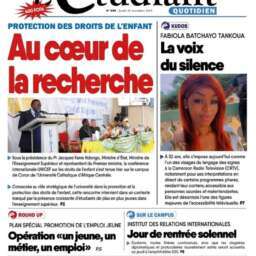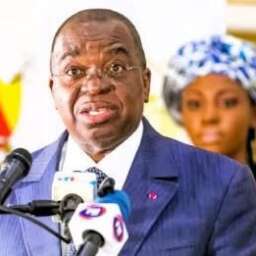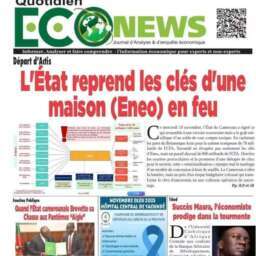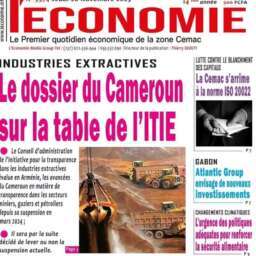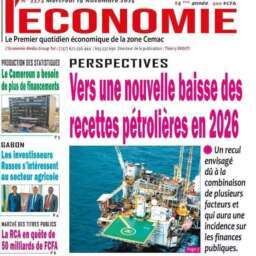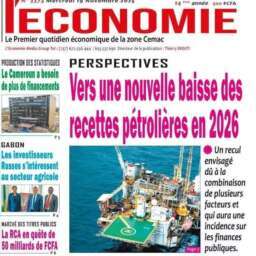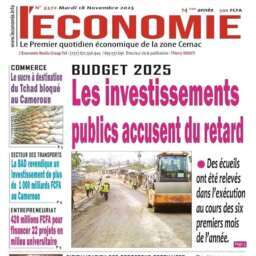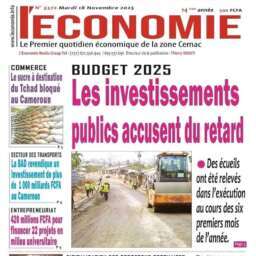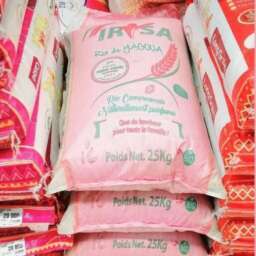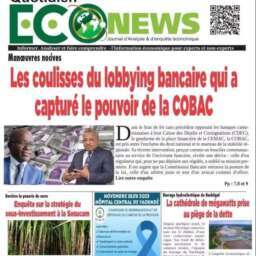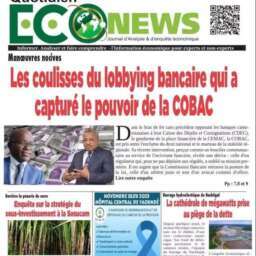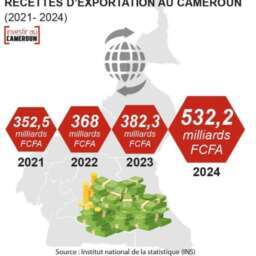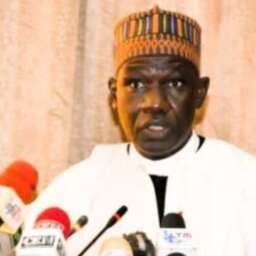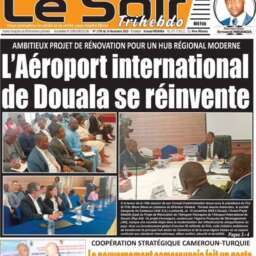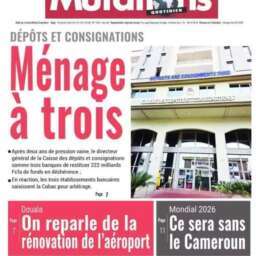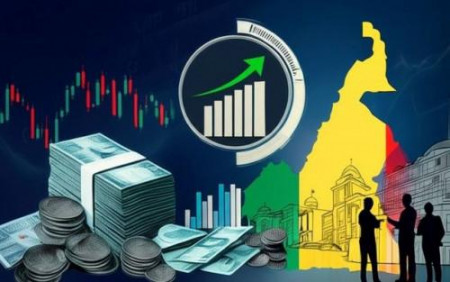(Business in Cameroon) – Moody’s Ratings affirmed Cameroon’s sovereign credit rating at Caa1 on August 22, maintaining a stable outlook for the long-term foreign and local currency issuers and senior unsecured foreign currency debt. The decision comes less than a month after the international ratings agency upgraded its assessment of the country’s fiscal sustainability.
The Caa1 rating remains in the speculative category, signifying high risk and vulnerability to default. However, it also acknowledges the government’s progress in public finance management. To understand this rating confirmation, one must examine Cameroon’s economic factors, budget data, political context, and structural challenges.
In July 2023, Moody’s downgraded Cameroon from B2 to Caa1 due to payment arrears on external debt and administrative mismanagement. These incidents exposed institutional weaknesses and increased the risk of a technical default. Since then, Cameroon has embarked on reforms under its 2021-2025 International Monetary Fund (IMF) program, showing visible results.
Moody’s justified its latest decision by noting a significant improvement in debt and treasury management. Public debt is expected to fall below 40% of GDP by the end of 2025, a level far more favorable than many other Caa-rated countries. This decline reduces pressure on public finances and limits exposure to fluctuations in global interest rates. Another positive factor is the increasing share of debt denominated in euros. Thanks to the credible peg of the CFA franc, guaranteed by the French Treasury, exchange rate risk is minimized.
The agency also anticipates a stabilization of the debt burden on the budget over the next two years. This outlook is based on increased non-oil revenues from agriculture, services, and non-oil extractive industries, as well as the gradual reduction of fuel subsidies. Access to low-cost concessional loans from the World Bank and the IMF also helps ease the interest payment burden. The result, Moody’s notes, is increased fiscal flexibility.
Nevertheless, fragilities persist. The CEMAC (Central African Economic and Monetary Community) regional public securities market remains under pressure, with rising interest rates, low subscription levels, and shorter maturities. All these factors heighten liquidity-related default risk, even if potential losses for investors would be limited. Furthermore, slow fund transfers still cause repayment delays, evidence of persistent administrative weaknesses.
The economic indicators published by Moody’s for 2024 served as the basis for its projections. The country’s GDP per capita (at purchasing power parity) stands at $5,548. While this is a low level, it is accompanied by real growth of 3.6%, a sign of resilience. Inflation is a moderate 5% due to the BEAC (Bank of Central African States) monetary policy. The budget deficit is -1.3% of GDP, reflecting enhanced fiscal discipline. The current account deficit is -3.2% of GDP, highlighting the country’s dependence on oil. External debt is 27.7% of GDP, a relatively low ratio. However, a history of at least one default since 1983 continues to fuel a perception of risk.
Moody’s assesses Cameroon’s economic strength at ba3, adjusted downward due to insufficient infrastructure and inefficient financial markets. Governance remains at caa1 despite some progress. Fiscal strength is rated ba1, thanks to the euro as a reference currency, but it is constrained by the potential liabilities of state-owned enterprises.
ESG (environmental, social, and governance) considerations also weigh heavily. The agency assigns Cameroon a very negative score (CIS-5). Environmental risks (E-4) include droughts and floods that affect agriculture. Social risks (S-5) stem from ongoing conflicts in the Anglophone regions and the Far North. Governance (G-4) remains weakened by corruption and the centralization of power.
This assessment comes just weeks before the October 12, 2025, presidential election. President Paul Biya is again a candidate. Internal divisions within the ruling party and the administration are fueling political uncertainty, which Moody’s has qualified as a “high” risk.
For the executive branch, the challenge is twofold: consolidating economic gains and reassuring the public about political stability. In early August, President Biya authorized Finance Minister Louis-Paul Motaze to raise 930 billion CFA francs ($1.57 billion) from domestic and foreign lenders. The goal is to fund priority projects and clear domestic debt arrears, estimated at 485.4 billion CFA francs at the end of June 2025. Concurrently, approximately 487 billion CFA francs were invested in infrastructure during the first half of the year, targeting roads, energy, and transportation.
However, the debt of public enterprises remains a danger. Their fragile financial health could turn into liabilities for the state. Business leaders, for their part, are calling for lighter taxation, more infrastructure, and better-controlled borrowing.
Ultimately, Moody’s maintains a stable outlook, which reflects a balance of risks. An improvement in institutions and broader access to financing could lead to an upgrade. Conversely, a liquidity crisis or chaotic political transition could result in a downgrade.
In short, Cameroon is receiving a signal that is both cautious and encouraging. The reforms are bearing fruit, but political stability remains a decisive factor. As the election approaches, the country is at a crossroads. Successful management could transform fiscal flexibility into inclusive growth. Otherwise, its vulnerabilities are likely to worsen.
Idriss Linge



